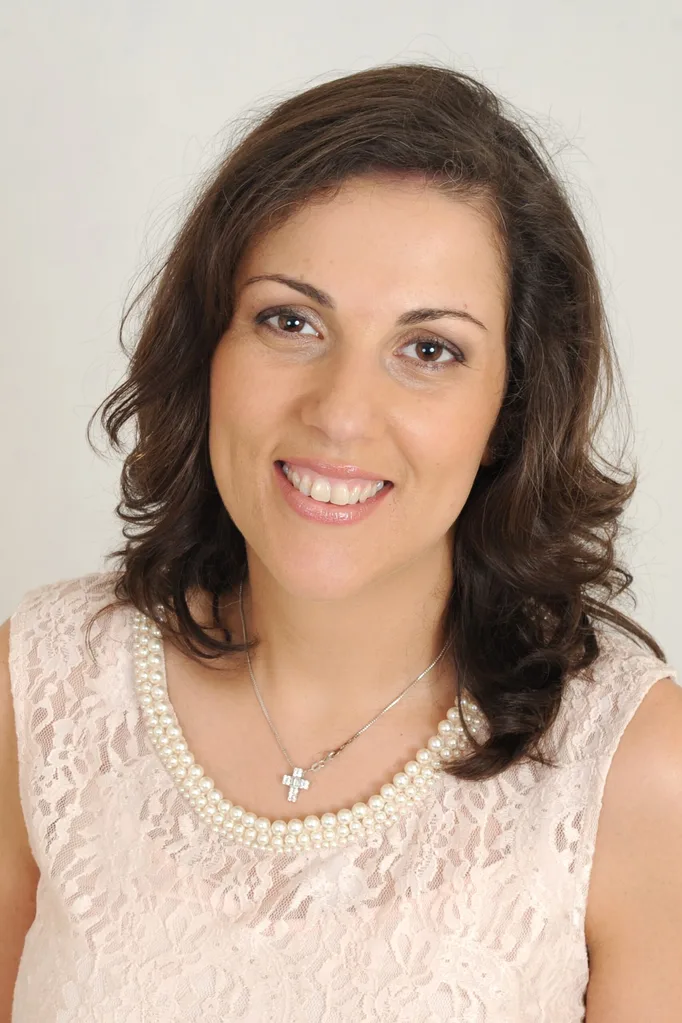If you’re a parent you know about slime. The highly addictive craze went nuts a few years ago after Youtubers began sharing their slime videos and receiving millions of hits.
Kids began making their own, and sales of pre-made slime went through the roof. And it’s only gotten more popular over time.
Now British consumer group, Which? Has launched an investigation into popular children’s slime products and has found eight out of 11 failed safety testing.
Now they’re warning parents after some products were found to have levels of boron more than four times the safety limits allowed by EU standards.
Borax (a compound of boron) is to give slime it its gelatinous, stretchy texture.
Which? warns: “Exposure to excessive levels of boron could cause irritation, diarrhoea, vomiting and cramps in the short term.
“Even more worryingly, studies of high levels of boron in animals have been linked to low birth weights, birth defects and developmental delays. The EU states that exposure to very high levels of boron may impair fertility and may cause harm to the unborn child in pregnant women.”
Be cautious of the ingredient lists
The consumer group wants parents to be wary of slime products, which can be tricky given the minimal safety warnings on packaging. Their advice is to approach all pre-made slime products with caution.
Julia Simmonds, a pharmacist and founder itchy baby co. says reading the ingredients list is so important.
“Borax is used in slime to give it its sticky and gummy texture, so many popular slimes will have borax in their ingredients list, as well as it being included in the many homemade slime recipes available. The amount of boron (of which borax is a compound), is limited in children’s toys to 300mg/kg,” she says.
“High levels of borax can cause skin rash, diarrohea, eye irritation and breathing problems. Be sure to read the ingredients list and be aware of the amount of borax in the slime you are buying or making, or look for borax free slime.”

Julia Simmonds says to “… be aware of the amount of borax in the slime you are buying or making, or look for borax free slime”
What about slime made at home?
Parents have mixed emotions about the craze. Watching your kids find such joy in what is essentially science is one thing, cleaning slime out the carpet is another.
Despite many parents and schools restricting or banning slime, kids are still obsessed. My own kids’ school has an underground slime ring, where the distracting contraband is swapped in takeaway food containers away from the teacher’s watchful eyes.
With the craze not going away, some parents are opting for home-made slime as a way to monitor the levels of chemicals their children come into contact with.
However, that is not always ideal either.
Earlier last year an 11-year-old girl US girl suffered second and third-degree burns to her hands that were attributed to prolonged exposure to borax after making slime every day for several months.
Another family from the UK shared the tale of their daughter suffering slime-related burns. The mum from Manchester posted photos of chemical burns on her daughter’s hands on social media as a warning to other parents, writing: “My little Queen has been making slime off YouTube … 3 weeks later we are looking at plastic surgery on her hands from a burns department at Hospital,”
It’s not just skin that’s a worry either …
In November last year a Sunshine Coast family feared the worst after their son accidentally ingested 80-100mls of his sister’s Borax solution after assuming it was water alone.
The boy’s mother, Maria Hobson spoke with the ABC at the time and was shocked at how easily the error had occurred.
“He ran out to me and said ‘mum, I think I’ve just swallowed Evie’s borax’.” she explained.
Ms Hobson said there was no smell or discolouration to the Borax mixture to indicate it was as toxic as it was.
“I had to taste it and it did take a few seconds before you realise that it actually isn’t water.”
Speaking with the ABC, Carol Wylie from the Queensland Poisons Information Centre says parents should take extreme care when dealing with Borax in the home.
While ingesting a small amount of slime might end up OK, larger concentration could be quote serious.
“Anything that’s concentrated is more concerning than something that’s diluted,” Ms Wylie said.
“If a child’s put slime in their mouth for example the risks are reduced because there’s less borax in the whole product.
“But we’re obviously concerned about the stage where children are making the product, they’ve got access to a concentrated product and concentrated borax in its pure form as a powder is quite dangerous and there are reports of toxicity and historically there have been deaths from borax.”
Ms Wylie’s advice to parents is to take care when storing the toxic ingredients, they need to be stored out of reach of younger children and not in a container which could be mistaken for food or drink, which might confuse a younger child.
Kids with sensitive skin need to be extra careful
Dr Irene Prantalos and Founder of Salubre says parents of children with sensitive skin need to be extra vigilant, and recommends home-made slime as the safest option.

Dr Irene Prantalos: “My advice to parents is make your own”
“Yes the issue here is about the levels that have been found, however more concerning is that any toxic substance is found in products freely played by children,” says Dr Irene Prantalos .
“Parents and carers must understand that our skin can absorb most things we touch, which is worse for children with eczema or sensitive skin. Their skin barrier is compromised and it will allow chemicals to enter straight into the blood stream at a faster rate.
“”Additionally, children often put things in their mouth which means the body needs to break it down and expel it quickly so that there is no harm, which is why these toxins cause diarrhoea.
“My advice to parents is make your own. There are many recipes online that are considered everyday ingredients that we stock in the pantry. That way you know exactly what your child is playing with and there will be no short term or long term harm to their health.” advises Dr Prantalos.

